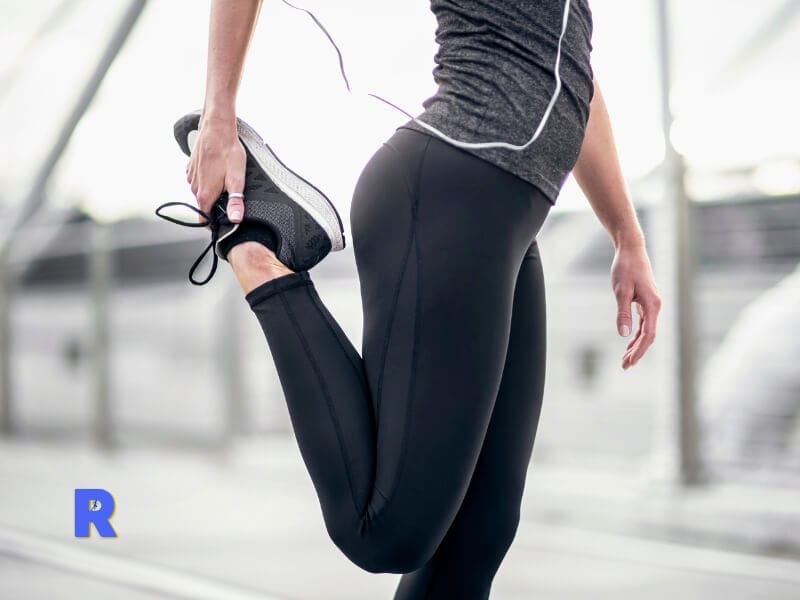Choosing the best running gear for cold weather is essential to enjoy your runs and stay comfortable during winter months. Running in the cold can be tough, but with the right gear, it’s a lot easier. It’s all about finding the balance between staying warm and not overheating, which can be a tricky game to play. Knowing what to wear and when to wear it can make all the difference in whether your run feels like a winter wonderland or a frosty night.
Layering for Comfort and Warmth
The Base Layer
The base layer is like your first line of defense. Its job? Keep you dry by wicking away sweat. You might think any old shirt will do, but trust me, cotton is your enemy here. Go for synthetic materials or merino wool. They’re light, and warm, and don’t trap moisture exactly what you need to stay comfortable.
The Mid-Layer
Next up, is the mid-layer. This is where the magic of insulation happens. A good fleece or lightweight jacket works wonders to keep your body heat in without making you feel like you’re running in a sauna. The key is breathability—you want something that traps warmth but still lets sweat escape.
The Outer Layer
Finally, you’ve got the outer layer. This is your shield against the elements: wind, rain, snow, you name it. A waterproof and windproof jacket that’s also breathable is non-negotiable. Look for features like adjustable hoods and ventilation zippers for added flexibility.
Essential Winter Running Gear for All Runners
Winter running gear isn’t just about staying warm it’s about staying safe and comfortable, too. Cold-weather running clothes, like thermal tights and fleece-lined tops, are key to ensuring your body stays at the right temperature. Running accessories for winter, such as gloves, neck warmers, and reflective gear, can make a world of difference in comfort and visibility. Whether you’re shopping for running gear for men or running gear for women, finding high-quality, versatile options is crucial to tackling those frosty miles.
Choosing Running Tights or Pants

Your legs do a lot of work, so keeping them warm is crucial. Thermal running tights are a popular choice because they’re snug and warm, and often come with wind-resistant panels. If tights aren’t your thing, there are fleece-lined running pants that offer similar warmth without the tight fit.
Picking the Right Shoes
Regular running shoes might not cut it when it’s wet or icy outside. Look for shoes with water-resistant uppers and grippy outsoles designed for slippery conditions. Some brands even offer insulated options to keep your feet warm. And don’t forget to pair them with thick, moisture-wicking socks for extra protection.
Headgear to Keep Warm
A lot of heat escapes through your head, so don’t skip on headgear. A thermal beanie or headband can do wonders for keeping you warm. On particularly cold days, a balaclava is a great option to protect your face, too. It might feel like overkill at first, but you’ll thank yourself once you’re out there.
Don’t Forget Your Hands
Cold hands can ruin an otherwise good run. Gloves made with insulating and moisture-wicking materials are a must. For extremely cold weather, mittens are a better bet since they keep your fingers together, which helps retain heat. Pro tip: stash some hand warmers in your pockets for emergencies.
Neck Warmers and Buffs
If you’ve ever felt that icy wind whip around your neck, you’ll know why a neck warmer, or buff is essential. These versatile accessories can also double as face masks when the wind picks up. Look for lightweight options that are easy to pull up and down as needed.
Layering Your Socks
When it comes to socks, think thick but breathable. Wool or thermal running socks are your best friend for cold-weather runs. Avoid cotton it’ll leave your feet damp and cold. Some runners double up on socks for extra warmth, but make sure your shoes accommodate the extra bulk.
Winter Running Gear: Reflective Gear for Visibility
Winter running often means early mornings or late evenings, and that usually means low light. Reflective gear isn’t just a nice-to-have; it’s a must-have. From reflective jackets to LED armbands, there are plenty of ways to stay visible. Safety comes first, always.
Keeping Gadgets Safe
If you’re like most runners, you probably take your phone or smartwatch along. Make sure they’re protected from the elements. A waterproof armband or waist pack can keep your gadgets safe and functional, even in the worst conditions. And don’t forget touchscreen-compatible gloves if you need to use your devices mid-run.
Avoiding Common Mistakes
Let’s talk about what not to do. Overdressing is a big one you’ll warm up quickly once you start running, so dress for a temperature about 10 degrees warmer than it is. Neglecting your extremities is another mistake. Cold fingers, ears, or toes can derail your run faster than you’d think. Finally, don’t underestimate the importance of staying hydrated. It’s easy to forget when it’s cold, but your body still needs water.